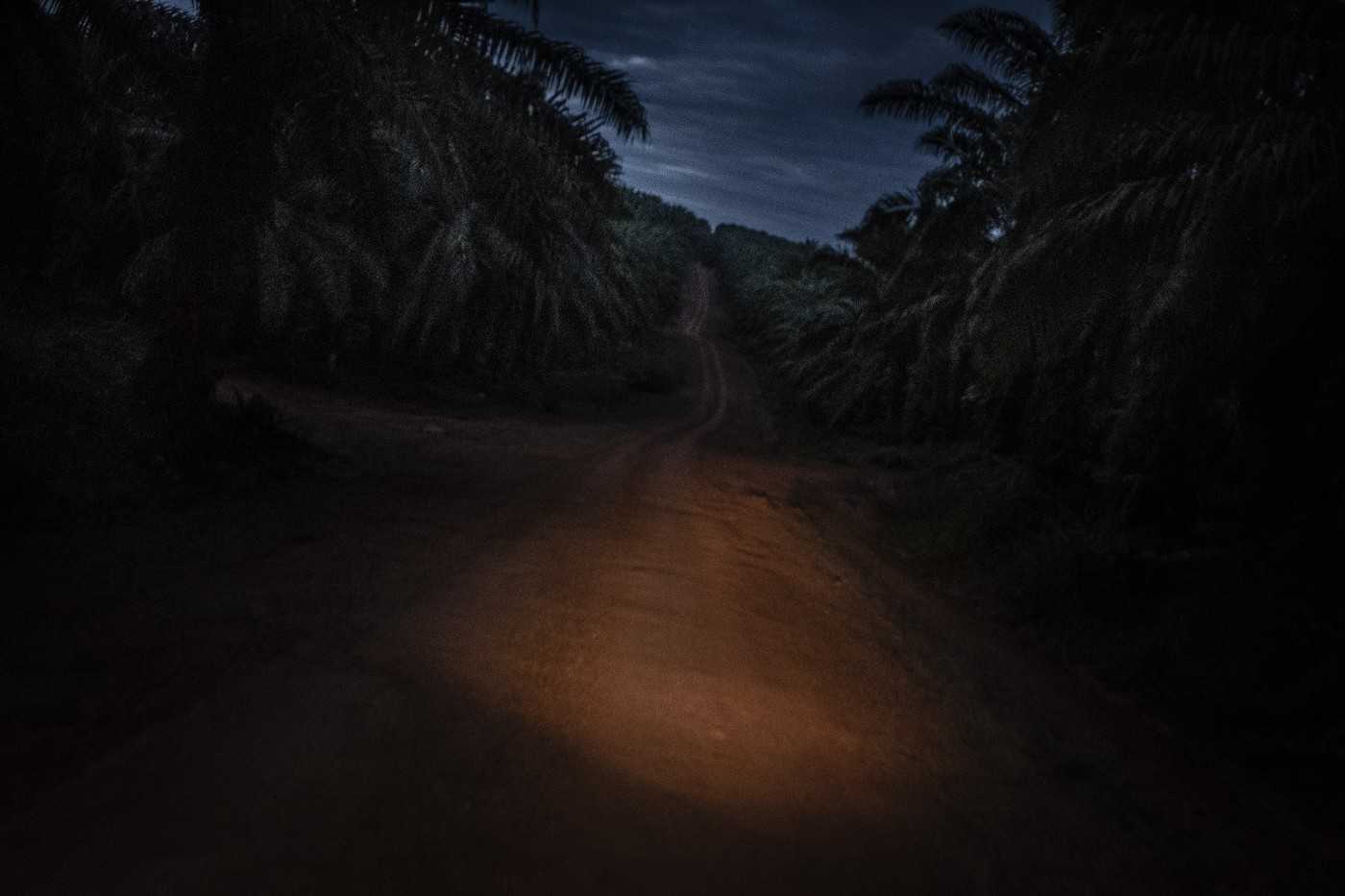In June 2019, photographer Albertus Vembrianto spent three weeks on assignment in the southern lowlands of Papua, Indonesia’s easternmost province, for The Gecko Project and Mongabay. He traveled through the villages of indigenous Papuans whose land had been taken over by palm oil conglomerates.
A decade ago, the Indonesian government promoted investment by plantation firms in this region with a vision of turning it into a major agribusiness hub. Today, Indonesia is the world’s top producer of palm oil, but many Papuans have lost their land and are struggling to acclimatise to a very new world, with their traditional food sources dwindling.
Albertus’s photos were featured in an investigation into the operations of one of the these companies, the Korindo Group, recently published by The Gecko Project and Mongabay in collaboration with the Korean Center for Investigative Journalism-Newstapa and 101 East, Al Jazeera’s Asia-Pacific current affairs program. In this photo essay, Albertus, who is Indonesian, writes about his experience reporting in Papua.
This article was co-published with Mongabay.
Paskalina called to me by waving her hand and asked me to come to her house in a whisper.
It was my third day staying at the family bivouac of an Auyu tribal chief in Boven Digoel, a heavily forested district in southern Papua. Indigenous Papuans like Paskalina usually stay in these temporary shelters when hunting in the forest and harvesting sago, their staple starch that grows wild in groves. In the past four years, however, the area around this bivouac had been converted into an oil palm plantation.
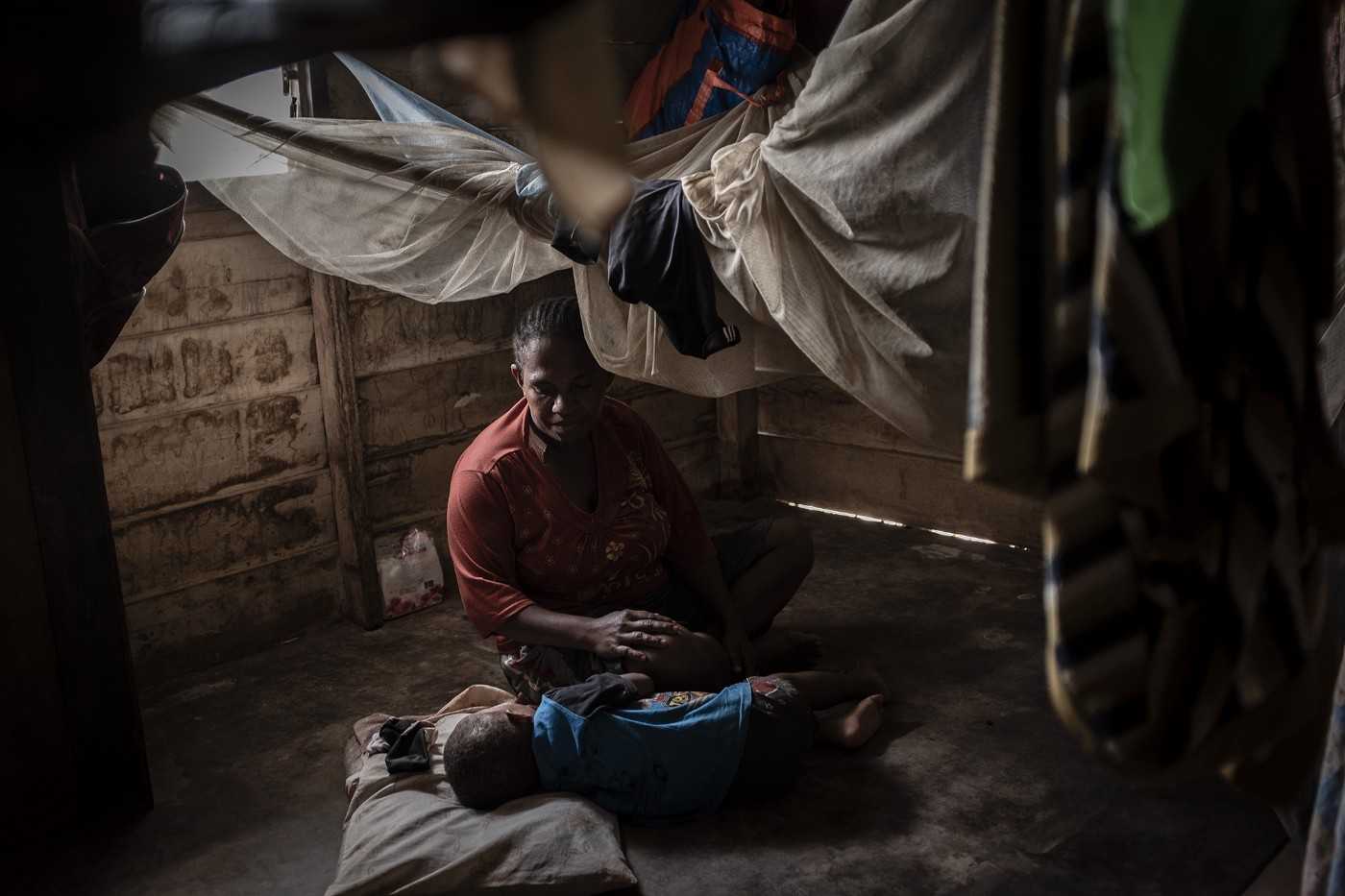
Paskalina, who was 38, didn’t want her story to offend the chief of the clan, one of the traditional elders, who had decided to sell the forest to a palm oil company. But for the past year, after the forest was cleared, she had often felt dizzy and taken vitamins. “The doctor said I am stressed,” she told me. “I have to take medicine.”
Paskalina never knew when, exactly, the forest had been sold. Women are not involved in such decisions. She only knows when it was demolished and replaced with a sea of oil palms.
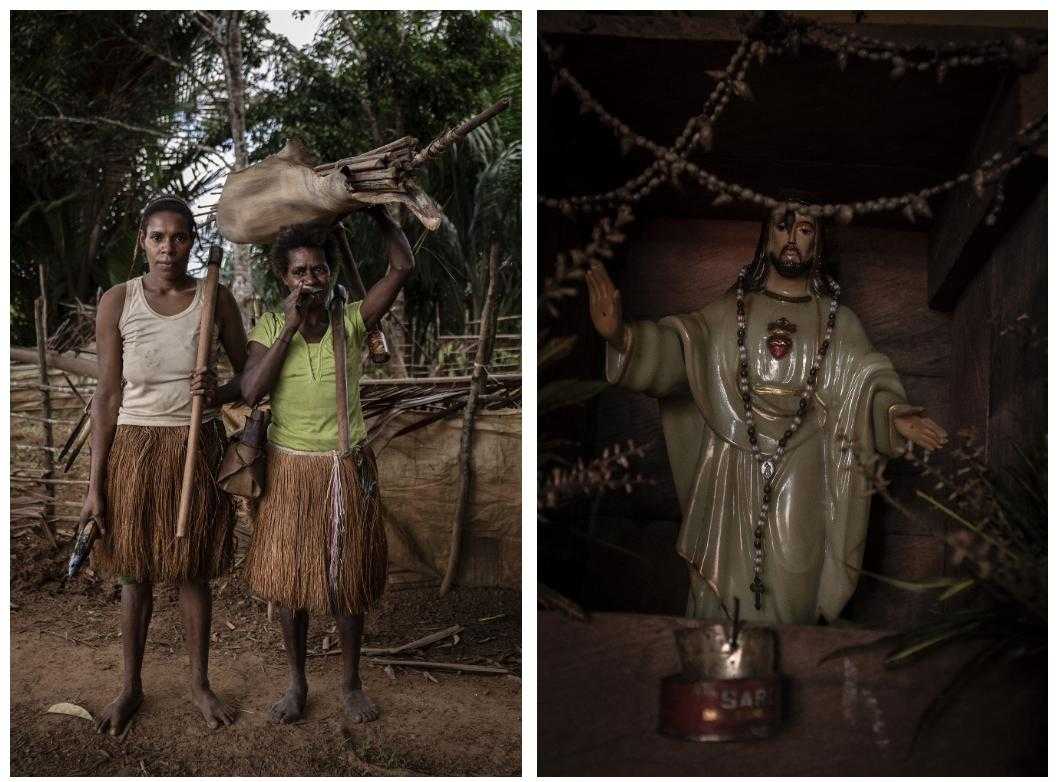
To make a living, Paskalina sells products that she grows in her garden. To get to the market, she has to take the dirt road through an oil palm plantation, the hot sun blazing now the forest is gone. Sometimes her child takes her by motorcycle, but more often she walks. The trip takes her two hours each way.
The journey brings to mind her parents and ancestors. “I sometimes cry on the road, feeling guilty to my parents and ancestors for not being able to protect the forest,” she said.
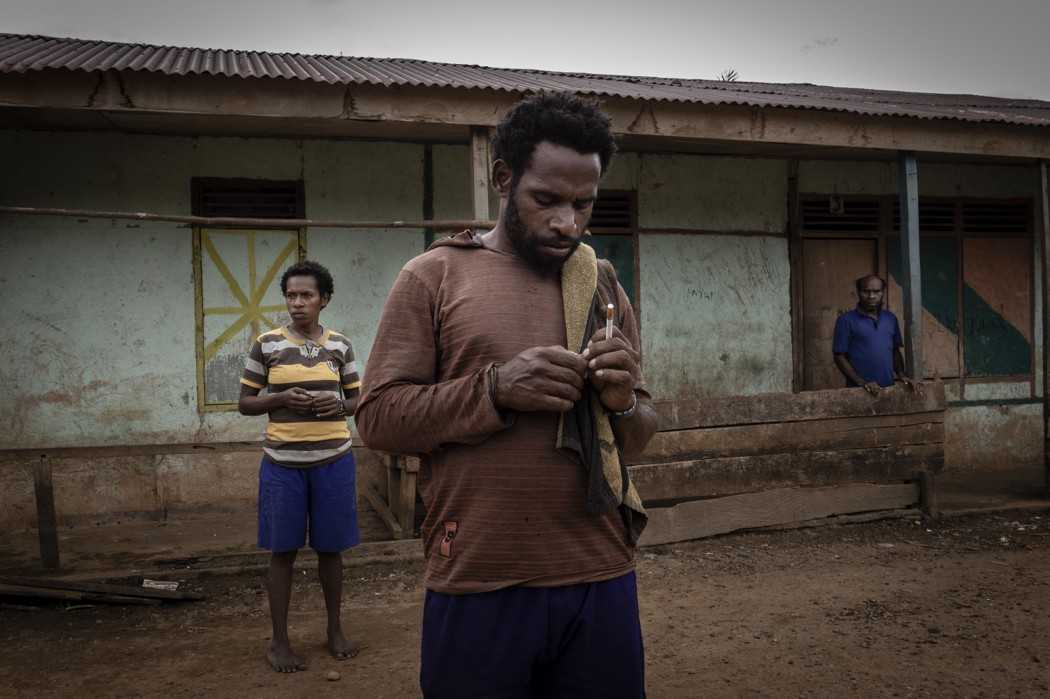
Paskalina’s experience was similar to that of most indigenous Papuan women I met during my three weeks in the oil palm lands of Boven Digoel and neighbouring Merauke district. Without their forest, these women have suffered.
In another village, Angela, 29, was working as a labourer harvesting palm fruits with her husband. His wages were not enough to cover their household needs, so she worked on top of her domestic roles at home.
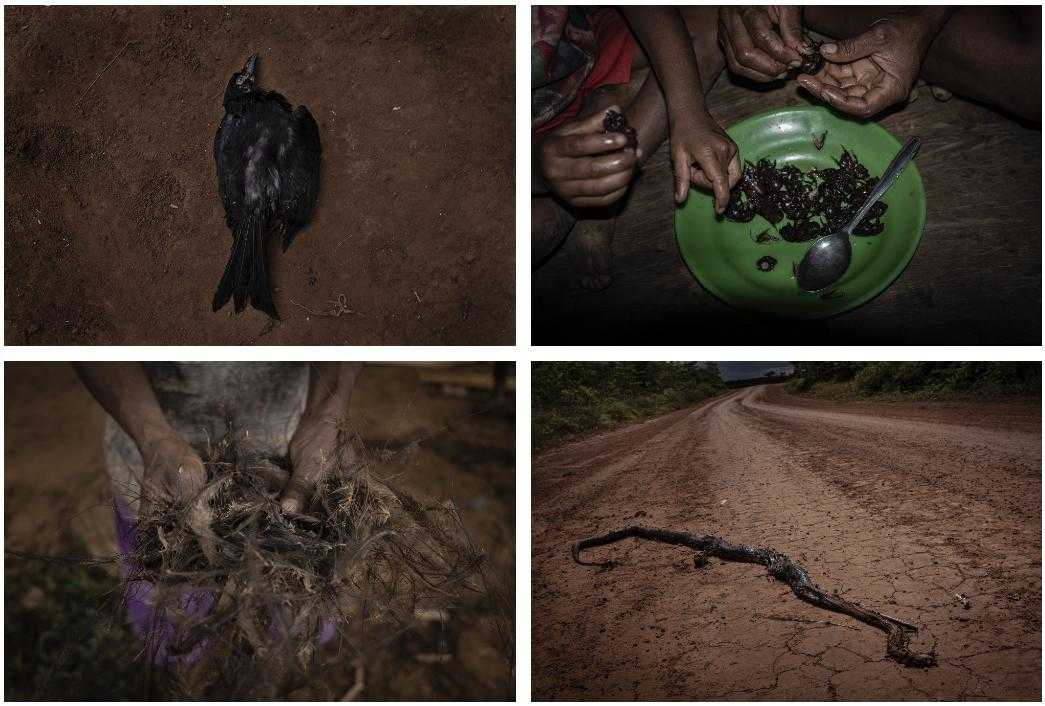
The Papuans here once owned the land, but now toil on it as labourers. Often they take on debt to buy food from the company, with the money deducted from their wages. That often leaves them without enough money to cover their basic necessities for the month.
The loss of the forest has made their traditional food sources disappear. The companies bring in food that comes from factories, through the city. They are slowly getting used to the instant pattern of manufactured food. Some people told me that food from the city is the best food. But they never know what the ingredients are. Some of the children whose family land was turned into plantations suffer from malnutrition.
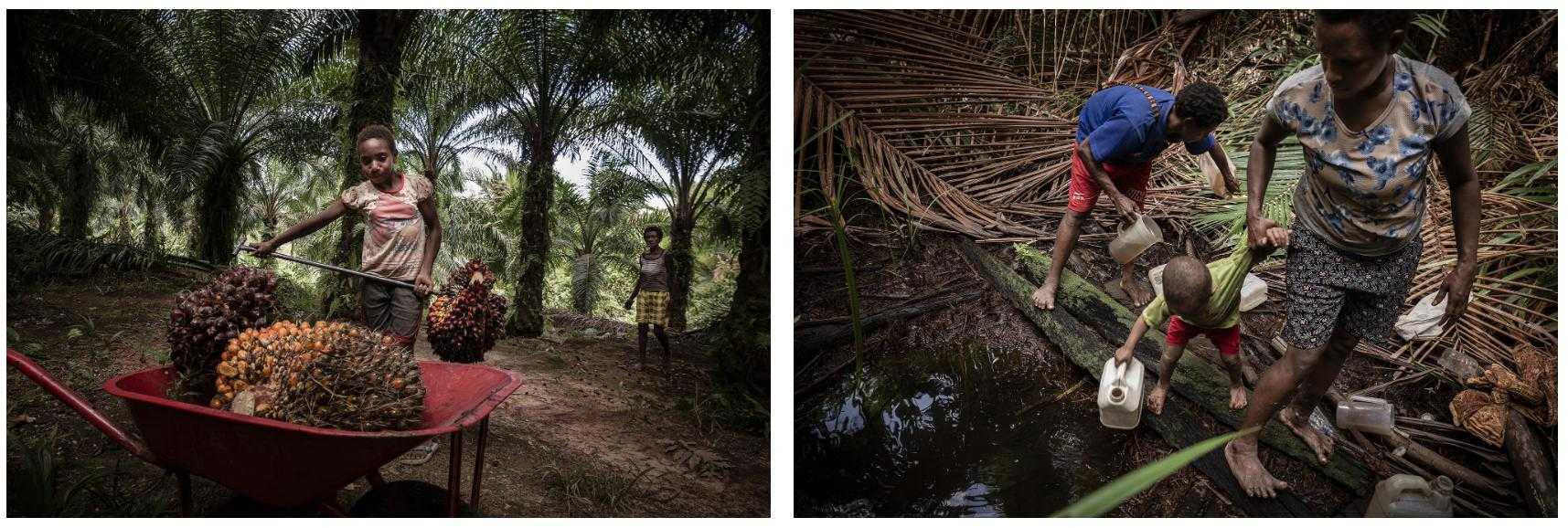
These photos were chosen to tell the experience of indigenous Papuan women who are now living according to new customs; customs that came with the oil palm companies. Their lives are more vulnerable, and they have little choice.
Visit Albertus Vembrianto’s website here and find him on Instagram.
To see other articles plus films and photos from The Gecko Project as they come out, follow us on Facebook, Twitter, Instagram and YouTube. Sign up to our mailing list here. .
This article was produced with the support of the Money Trail Project.
